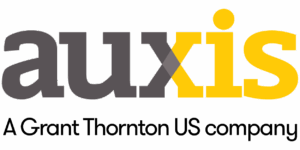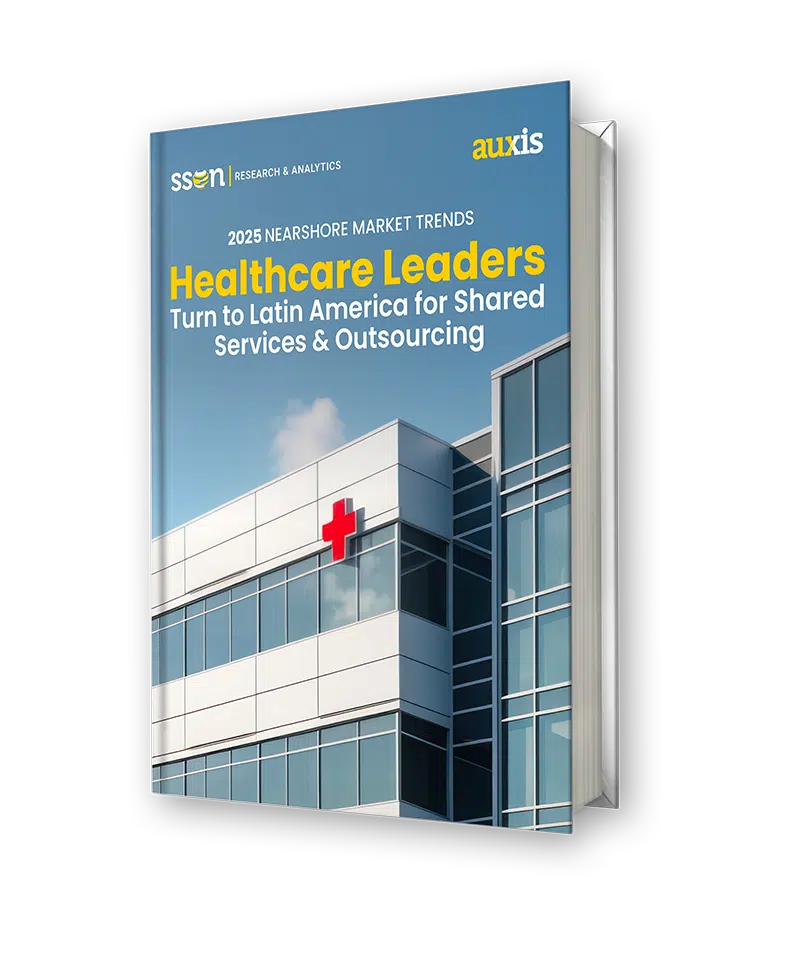Every patient journey ends with a bill, but for providers the path to collecting that payment is rarely simple. Revenue cycle management (RCM) is the process that ensures providers are accurately reimbursed for the care they deliver. It is not just paperwork. It is the financial engine that keeps healthcare running, from verifying insurance before a visit to securing the final payment after treatment.
While clinical excellence and patient outcomes are the top priorities in healthcare, the financial stability of the organization is what makes them possible. A well-optimized RCM process ensures steady cash flow, reduces risk, and allows providers to focus on what matters most: delivering high-quality care.
This article provides a comprehensive guide to revenue cycle management. It breaks down the core components of RCM, highlights its benefits, explores its common challenges, and shows how a strategic approach can strengthen a healthcare organization’s financial health.
Revenue cycle management: The key to stability and growth in healthcare
For healthcare providers, the financial side of the business is often just as demanding as the clinical. Rising costs, shrinking reimbursements, and an increasingly complex regulatory environment make managing the flow of revenue a constant challenge.
When the revenue cycle is poorly managed, the consequences are severe. Payments are delayed, claim denials increase, and administrative resources are drained. Over time, these issues can undermine the financial stability of the entire organization. That is why understanding and mastering revenue cycle management is not simply a best practice. It is essential for both survival and sustainable growth.
What exactly is revenue cycle management?
Revenue cycle management is the comprehensive process that healthcare providers use to manage the administrative and clinical functions associated with the capture, management, and collection of patient service revenue.
It is, in essence, a complete lifecycle that begins when a patient makes an appointment and ends when all payments—from both the patient and the insurance provider—have been collected and posted.
RCM integrates clinical documentation, coding, billing, and collections into a single, connected process. It is the system that makes sure healthcare organizations are properly reimbursed for the services they provide, while also improving consistency and reducing administrative friction.
The journey of the revenue cycle: A step-by-step breakdown
The revenue cycle management process is typically divided into three main phases: Pre-service, service, and post-service. Each stage plays a critical role in maintaining a steady flow of revenue, and precision at every step is essential.
1. Pre-service: Patient registration & insurance verification
The revenue cycle begins before the patient ever sees a provider. This front-end stage is one of the most important because mistakes here often ripple through the entire process. It includes:
- Patient registration: Collecting and validating accurate demographic information, medical history, and contact details to create a reliable record.
- Insurance verification and eligibility: Confirming that coverage is active and that planned services are included under the patient’s plan. This step reduces the risk of denied claims and enables providers to offer patients an upfront estimate of their financial responsibility, which improves satisfaction and accelerates payment collection.
2. Service: Charge capture & medical coding
This is where the clinical and administrative worlds meet. After the patient’s visit, the services provided must be accurately documented and translated into a language that insurance companies can understand.
- Charge capture: This process ensures that every service, procedure, and supply used during a patient encounter is accurately recorded and billed. A missed charge is a lost opportunity for revenue.
- Medical coding: Trained medical coders translate the patient’s diagnosis, treatments, and procedures into standardized codes (e.g., ICD-10, CPT) for billing purposes. The accuracy of these codes is key, a single coding error can lead to a claim denial, requiring time-consuming and costly rework.
3. Post-service: Claims submission & payment processing
The final phase of the revenue cycle is where clinical services are translated into financial outcomes.
- Claims submission: Once medical coding is complete, the information is compiled into a claim and submitted to the payer, often through an electronic clearinghouse. The objective is to send a “clean claim” that is accurate, complete, and free of errors to avoid rejections and ensure timely reimbursement.
- Adjudication and payment posting: The insurance company reviews the claim during the adjudication process, determines what portion of the charges it will cover, and issues payment along with an explanation of benefits (EOB) or electronic remittance advice (ERA). The provider’s billing team records this payment in the patient’s account.
- Denial management and patient collections: When a claim is denied or underpaid, the reason must be identified, corrected, and resubmitted as part of denial management. Any remaining patient responsibility, such as co-pays, deductibles, or uncovered services, is billed directly to the patient. Effective follow-up and collections processes are critical to securing final payment while maintaining a positive patient experience.
Key benefits of a strong RCM strategy
An optimized RCM strategy is a game-changer for healthcare organizations, delivering benefits that extend far beyond a healthy bottom line.
By streamlining the RCM process, organizations can accelerate payment cycles, reduce accounts receivable days, and ensure a predictable and stable cash flow. This financial predictability allows for better resource planning, investment in new technologies, and the ability to handle unexpected expenses.
A robust RCM system, often powered by automation and AI, minimizes human errors in coding, data entry, and claims submission. This proactive approach significantly reduces the rate of claim denials, which can otherwise lead to a substantial loss of revenue and administrative burden. In fact, 41% of healthcare leaders still report denial rates above 3.1% in 2024, with staffing shortages and payer complexity among the main drivers, underscoring the need for RCM tools.
Automation of repetitive and manual tasks, such as patient eligibility checks and payment posting, frees up administrative staff to focus on more complex issues, like denial management and patient support. This not only boosts productivity but also improves employee morale.
When a healthcare organization’s RCM is efficient, patients benefit from transparent billing, accurate estimates, and a simplified payment process. This minimizes patient frustration and confusion, leading to higher satisfaction and greater trust.
The healthcare industry is subject to strict and ever-changing regulations, such as HIPAA. A well-documented and automated RCM process provides a clear audit trail, helping organizations maintain compliance and avoid costly fines and legal penalties.
Navigating the biggest challenges in healthcare RCM
Despite its critical role, revenue cycle management is often burdened by challenges that threaten an organization’s financial performance.
The vast number of medical codes, combined with frequent changes in payer policies and regulations, makes accurate coding and billing a constant challenge. Even a small error can lead to claim denials, delayed payments, and costly rework.
Claim denials remain one of the most persistent hurdles for providers. In fact, initial claim denials climbed to 11.81% in 2024, highlighting the need for stronger front-end accuracy and denial management strategies.
With the rise of high-deductible health plans, a larger portion of the healthcare cost is shifting to patients. Collecting these payments can be difficult and time-consuming, as patients often struggle with the complexity of their bills and their ability to pay.
The demand for skilled medical coders, billers, and collections specialists frequently exceeds the available supply. Staffing shortages create backlogs, delay claims, and increase the likelihood of errors. High turnover only compounds the issue, forcing organizations into a costly cycle of continuous recruitment and training.
Healthcare regulations are in a constant state of flux. Keeping up with these changes and ensuring ongoing compliance requires continuous training and adaptation, which can be a major drain on internal resources.
The future of RCM
The revenue cycle is not a static function; it is a dynamic and rapidly evolving landscape. Growing patient financial responsibility and emerging technologies are fundamentally reshaping the traditional RCM model.
From the rise of intelligent automation and AI-driven analytics to a greater focus on a consumer-centric financial experience, these shifts are creating new opportunities to prevent revenue leakage and enhance operational efficiency. Staying ahead of these changes is no longer just an option—it is a strategic necessity for any healthcare organization looking to maintain a competitive edge. Understanding the future of healthcare revenue cycle management is the first step toward building a more resilient and profitable operation.
How nearshore outsourcing transforms RCM
Given the growing challenges of revenue cycle management, many healthcare organizations are seeking strategic partnerships to optimize their processes. Nearshore outsourcing has emerged as a proven model to improve efficiency, lower costs, and strengthen financial performance.
- Access to specialized talent: Nearshore locations such as Costa Rica and Colombia provide access to a highly educated, bilingual workforce with strong technical and cultural alignment. These regions offer certified medical coders and RCM specialists trained to manage complex billing and coding tasks with accuracy and compliance.
- Significant cost savings without compromising quality: Organizations can achieve cost reductions of 30 to 60 percent compared to U.S. labor costs, while maintaining high standards of performance. These savings free up resources that can be reinvested in innovation and patient care.
- Real-time collaboration: Working in similar time zones ensures nearshore teams can collaborate in real time with internal staff. This eliminates the communication gaps and delays often associated with offshore models, creating a seamless, integrated approach to RCM.
- Technology-driven transformation: A nearshore RCM partner like Auxis also brings expertise in digital transformation, leveraging automation, artificial intelligence, and real-time analytics to streamline workflows, minimize errors, and provide actionable insights for continuous improvement.
Optimizing your revenue cycle is no longer optional. With rising claim denials, increasing patient responsibility, and staffing shortages, the right RCM strategy can determine whether your organization grows or struggles. Auxis helps providers streamline processes, reduce costs, and accelerate payments through nearshore expertise, automation, and real-time collaboration.
Ready to strengthen your RCM strategy? Schedule a consultation today or explore our learning center for more insights and best practices.
Frequently Asked Questions
What are the main components of the healthcare revenue cycle?
How does a good RCM system benefit patient care?
What are the biggest challenges in RCM today?
How does nearshore outsourcing help with RCM?
What is the difference between RCM and medical billing?


